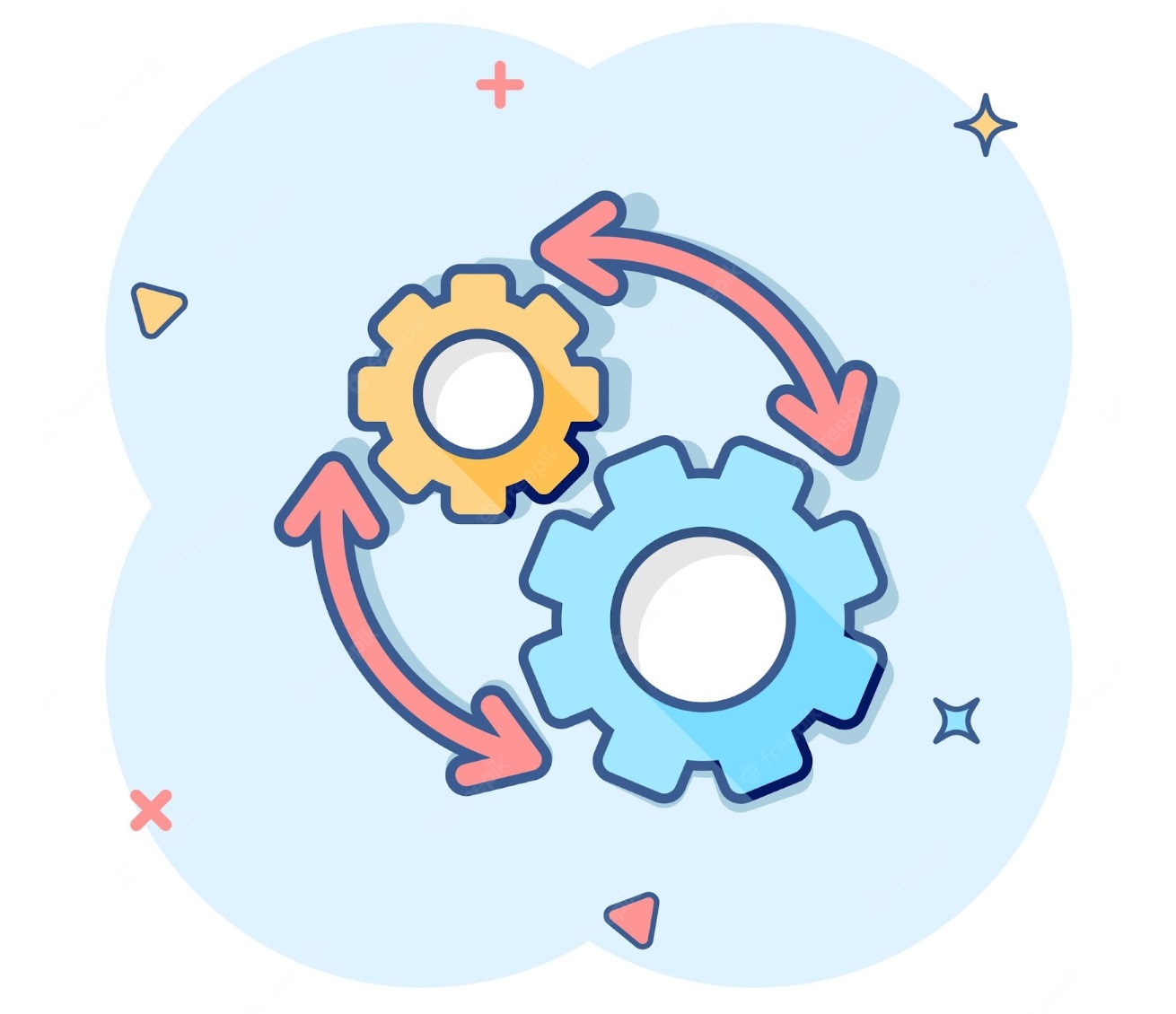As a marketer, I understand the challenge of managing multiple marketing campaigns simultaneously. It is becoming increasingly difficult to balance time and resources between lead generation, email campaigns, social media promotions and other marketing activities. Fortunately, marketing automation can help streamline these efforts by automating repetitive tasks and freeing up time for more strategic initiatives. In this article, I’ll walk you through everything you need to know about marketing automation , from how it works to its benefits and best practices.
Introduction to Marketing Automation
Marketing automation is technology that automates repetitive marketing tasks, such as lead nurturing, email marketing, and social media campaigns. It allows marketers to segment their audience, personalize their messages, and deliver targeted content at the right time. By automating these tasks, marketing automation frees up time for marketers to focus on creativity, strategy, and analysis.
How does marketing automation work?
Marketing automation software is designed to simplify and streamline marketing tasks. It automates repetitive tasks such as sending emails, updating customer records, and tracking website activity. The software uses data and analytics to trigger actions based on customer behavior, such as website visits, clicks, and downloads. For example, if a customer abandons their shopping cart, the software can automatically send them an email reminder to complete their purchase.
To start using marketing automation , you need to define your marketing goals. This will help you identify which tasks can be automated and which data needs to be collected. You will also need to choose a marketing automation tool that meets your needs and your budget.
How to assess the quality of marketing automation?
When choosing a marketing automation tool, it is important to assess the quality of the software. Here are some factors to consider:
- Ease of use – The software should be easy to set up and use, even for non-technical users.
- Integration – The tool should integrate with your existing marketing system, including your CRM, email marketing software, and social media platforms.
- Customization – The software should allow customization of workflows, segmentation, and messages to meet your specific needs.
- Analytics – The tool should offer strong analytics and reporting capabilities to track the performance of your marketing campaigns.
- Support – The vendor must provide excellent customer support, including training, documentation, and technical assistance.
Benefits of Marketing Automation
Marketing automation offers several benefits to marketers, including:
- Increased efficiency – Marketing automation saves time by automating repetitive tasks and streamlining workflows.
- Improved targeting – Marketing automation allows messages and targeting to be personalized based on customer behavior and preferences.
- Better lead generation – Marketing automation helps generate more leads by moving them through the sales funnel.
- Increased revenue – Marketing automation can increase revenue by improving lead conversion rates and customer retention.
- Improved customer experience – Marketing automation enables marketers to deliver a better customer experience by delivering relevant and timely content.
Marketing Automation Statistics
Here are some statistics that highlight the impact of marketing automation:
- Companies that use marketing automation generate 2x more leads than those that don’t. (Source: Autopilot)
- 91% of top performers agree that marketing automation is “very important” to the overall success of their marketing across all channels. (Source: Marketo)
- 77% of marketers say their top priority is converting leads into customers. (Source: HubSpot)
- 80% of marketers who use automation software generate more leads. (Source: LinkedIn)
- 63% of companies outsource all or part of their marketing automation strategy. (Source: Ascend2)
Top Marketing Automation Tools
There are several marketing automation tools on the market, each with their own unique features and benefits. Here are some of the best marketing automation tools:
- HubSpot – HubSpot is an all-in-one marketing, sales, and service platform that offers marketing automation, customer relationship management, and content management.
- Marketo – Marketo is a marketing automation platform that offers lead management, email marketing, and analytics services.
- Pardot – Pardot is a marketing automation platform from Salesforce that offers lead management, email marketing, and analytics services.
- Act-On – Act-On is a marketing automation platform that offers lead management, email marketing, and social media management.
- Eloqua – Eloqua is a marketing automation platform from Oracle that offers lead management, email marketing, and analytics services.
Set up your marketing automation system
To set up your marketing automation system, you need to follow these steps:
- Define your marketing goals.
- Choose a marketing automation tool that meets your needs and your budget.
- Integrate your marketing automation tool with your existing marketing system.
- Create workflows and campaigns tailored to your target audience.
- Test and optimize your campaigns for better performance.
Create effective email campaigns with marketing automation
Email marketing is an essential part of any marketing strategy. Marketing automation can help streamline your email campaigns and make them more effective. Here are some tips for creating effective email campaigns with marketing automation:
- Segment your email list – Segment your email list based on customer behavior like website activity, purchase history, and engagement.
- Personalize your emails – Use personalization to make your emails more relevant and engaging.
- Use triggers – Use triggers to send emails based on customer behavior, such as abandoned cart reminders or welcome emails.
- Optimize your subject lines – Use A/B testing to optimize your subject lines for better open rates.
- Measure your results – Measure the performance of your email campaigns and use the data to improve future campaigns.
Use marketing automation to generate leads
Lead generation is another important aspect of marketing automation. Here are some tips for generating leads through marketing automation:
- Create lead magnets – Create valuable content, such as ebooks or webinars, to attract leads.
- Use landing pages – Use landing pages to capture prospects and provide them with more information about your product or service.
- Offer Incentives – Offer incentives, such as discounts or free trials, to encourage prospects to take action.
- Use forms – Use forms to collect lead information and segment your audience.
- Nurture Your Leads – Use lead nurturing campaigns to build relationships with your leads and move them through the sales funnel.
Measure the effectiveness of your marketing automation campaigns
Measuring the effectiveness of your marketing automation campaigns is key to improving performance. Here are some indicators to follow:
- Open Rate – Measure the percentage of emails opened by your audience.
- Click-through rate – Measures the percentage of clicks on links in your emails.
- Conversion Rate – Measures the percentage of leads that turn into customers.
- Engagement Rate – Measures the level of engagement with your content, such as likes or shares on social media.
- Revenue generated: Measure the revenue generated by your marketing automation campaigns.
Best Practices for Successful Marketing Automation
Here are some best practices for successful marketing automation:
- Define your goals – Define your marketing goals before implementing marketing automation.
- Segment your audience – Segment your audience based on behavior, preferences, and demographics.
- Personalize your message – Use personalization to make your message more relevant and engaging.
- Test and optimize – Test and optimize your campaigns for better performance.
- Analyze your data – Analyze your data to measure the effectiveness of your campaigns and make data-driven decisions.
Conclusion and Future of Marketing Automation
Marketing automation has become an essential tool for marketers looking to streamline their efforts and drive better results. By automating repetitive tasks and delivering personalized messages, marketing automation can help marketers deliver a better customer experience and improve their bottom line. As marketing automation technology continues to evolve, we can expect to see even more advanced features and capabilities appear in the future.
Now that you have a better understanding of marketing automation, it’s time to implement it into your marketing strategy. Pick a marketing automation tool that meets your needs and start experimenting with workflows and campaigns. You can use soContact to measure your results and optimize your campaigns for better performance. With the right approach, marketing automation can help streamline your efforts and drive better results.
What is Marketing Automation?
How can marketing automation help my business?
What types of marketing campaigns can be automated?
How to Choose Marketing Automation Software?
How do you measure marketing automation ROI?
How to set up an effective marketing automation strategy?











